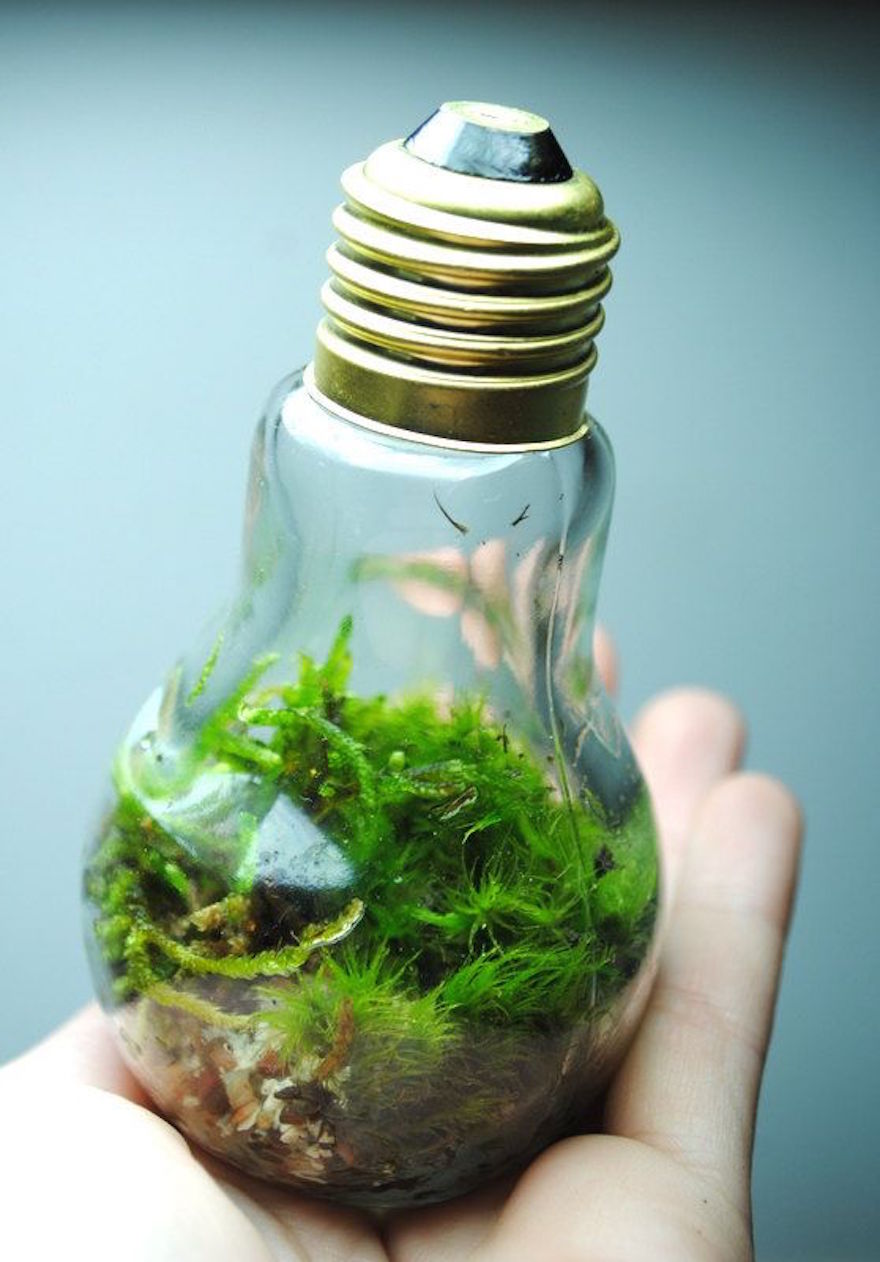

Let them mark the seasons, the days and the years, g 15and serve as lights in the dome of the sky, to illuminate the earth. God saw that it was good.ġ3Evening came, and morning followed-the third day.ġ4Then God said: Let there be lights in the dome of the sky, to separate day from night. And so it happened:ġ2the earth brought forth vegetation: every kind of plant that bears seed and every kind of fruit tree that bears fruit with its seed in it. e 10God called the dry land “earth,” and the basin of water he called “sea.” God saw that it was good.ġ1 f Then God said: Let the earth bring forth vegetation: every kind of plant that bears seed and every kind of fruit tree on earth that bears fruit with its seed in it. And so it happened: the water under the sky was gathered into its basin, and the dry land appeared. d 8God called the dome “sky.” Evening came, and morning followed-the second day.ĩThen God said: Let the water under the sky be gathered into a single basin, so that the dry land may appear. *ĦThen God said: Let there be a dome in the middle of the waters, to separate one body of water from the other.ħGod made the dome, * and it separated the water below the dome from the water above the dome.

God then separated the light from the darkness.ĥGod called the light “day,” and the darkness he called “night.” Evening came, and morning followed-the first day. * 1In the beginning, when God created the heavens and the earth a-Ģ * and the earth was without form or shape, with darkness over the abyss and a mighty wind sweeping over the waters- bģThen God said: Let there be light, and there was light. Massimo Vignelli cited in (accessed February 10, 2019).The Story of Creation. Mija Riedel and Massimo Vignelli, “An Interview with Massimo Vignelli (1931-2014),” Archives of American Art Journal 53, no. She is an MA candidate in the History of Design and Curatorial Studies program offered at Parsons The New School of Design jointly with Cooper Hewitt, Smithsonian Design Museum. The Senses: Design Beyond Vision is on view at Cooper Hewitt through October 28, 2018.Īdèle Bourbonne is a curatorial capstone fellow for The Senses: Design Beyond Vision. The light passing through the colored glass stripes gives the impression of a warm and vibrant ambience appropriate for intimate settings. The ultimate result is a lamp that, once illuminated from within, glows and catches our attention with its elegance, vibrancy and simplicity of line-a design largely influenced by Vignelli’s minimal aesthetic. This lamp was the result of an attempt to eliminate the need for a lamp shade by merging base and top, using typical Murano glass.” The singular outline of the mushroom-like lamp’s convex cap and tapered stem creates a pleasant curve and purposefully merges the lamp’s base and top into a single unified form. Vignelli explained that, “It was a very challenging proposition to bring colorful Murano glass into play with light. Much of the Fungo lamp’s appeal stems from its use of glass and the material’s effect on shaping light. Vignelli’s exposure to the making of glass wares in Murano gave him a passion for exploring the material and its properties. Working glass involves many laborious techniques. The firm, known particularly for its modernist glass of the mid-twentieth century, was looking for someone to develop their lighting fixtures, a role that Vignelli filled, designing glass lamps until 1957. Upon moving from Milan to Venice to study architecture in 1953, Vignelli started working part-time for Paolo Venini, the founder of the Venini Glassworks. Designed in 1956 by the prolific designer, Massimo Vignelli, the one-piece body of this Fungo (Italian for “mushroom”) lamp consists simply of of alternating translucent thin vertical white and orange stripes of fused glass canes blown into this curved form. This bulbous, blown glass table lamp demonstrates one way in which designers have continued to play with incandescent light in order to alter the qualities of a space and affect our productivity and mood. The invention of the incandescent light bulb in the nineteenth century not only advanced technology, but also design, especially into the twentieth century.

In celebration of our new exhibition The Senses: Design Beyond Vision, this Object of the Day post explores the multisensory experience of an object in Cooper Hewitt’s permanent collection.


 0 kommentar(er)
0 kommentar(er)
